THE STATE OF EMAIL NEWSLETTERS: 2021 AND BEYOND
Email newsletters have long been regarded as a digital marketer’s best friend. The reasons for that are not hard to fathom: for brands, they represent a rare opportunity to get regular exposure to consumers who have opted-in to hear more about what their company has to offer and represent the perfect customer nurturing and retention tool. For media outlets, meanwhile, they represent an opportunity to drive both subscription and ad revenue. And, if you need another reason to love newsletters, consider that, according to Campaign Monitor, it’s possible to achieve an ROI of up to $44 for every $1 spent, thanks to advanced segmentation, personalization, and campaign triggers.
Looked at from the other side, however, it can be tempting to wonder: what do consumers get out of it? Why would someone sign up to a service designed to serve them ads or direct their attention to a company’s messaging on a regular basis?
The answer, of course, lies in the content. Or, to be more specific, the free content. A recent What If Media Group study of more than 9,300 U.S. consumers found that 84.1% of consumers are not willing to pay a subscription to access the type of content they like to read the most—a situation that has helped to contribute to the heavily ad-reliant landscape that many email publishers find themselves in. That said, nearly half of consumers subscribe to at least one email newsletter for news and entertainment, with most subscribing to an average of 2 or 3.
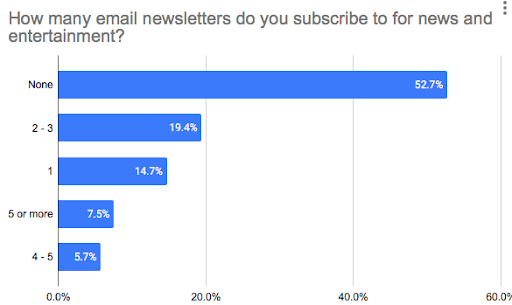
For those who are willing to pay, the majority of consumers place the value of online content at less than $10 per month. Although publications such as the Wall Street Journal and, recently, the New York Times, have found success in subscription models for their content, the subscription-based model opportunity for smaller publishers is practically non-existent, making the industry as a whole unlikely to move away from an ad-supported model any time soon. Indeed, when asked in the What If Media Group survey, consumers were specific about that fact: almost 80 percent noted that they would prefer to access free content with ads as opposed to paying extra for an ad-free experience.
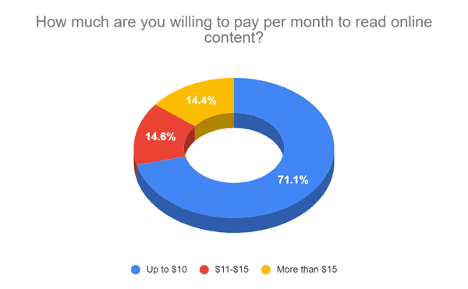
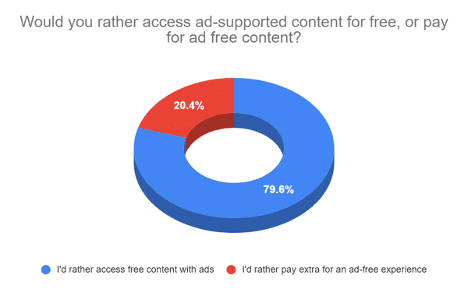
Of course, for marketers, the ads themselves are the most important piece of the puzzle—and the What If Media Group data suggest that there are significant opportunities for advertisers and publishers to improve their performance and derive greater returns from this valuable avenue. For example, just 13.1% of respondents rated the email newsletter ads they see as being “very relevant” and targeted, with a further 32.4% rating theirs as “somewhat relevant.” That leaves a majority of respondents—54.5%–either oblivious or actively repelled by the ads they see, a statistic that seems to represent a significant failing—and a major opportunity—for those in the business of understanding the needs and preferences of their audiences.
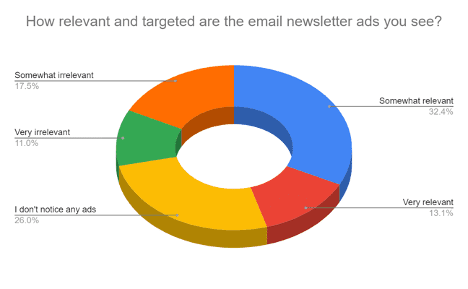
Underlining the importance of getting it right, those same respondents also rated the effectiveness of the ads they did notice quite highly: 56.4% felt that email newsletter ads were either very or somewhat influential on their shopping decisions (a significant finding, given that often consumers are demure in being open about the importance of advertising to their purchasing habits).
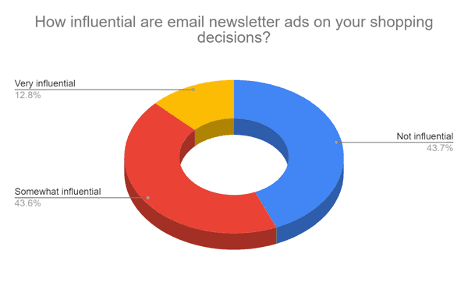
With all of that in mind, it is clear that email newsletters continue to represent a significant opportunity for marketers to reach the exact audience they need—and that the need to better understand those audience lies at the heart of their ability to reach the full potential the medium has to offer. But make no mistake: this is not a question of doing more advertising without more targeting.
As the What If Media Group data clearly illustrates, the path to success lies in achieving buy-in from an audience that is willing to trade their attention for free content. As such, the quality of that content is one driver of success; the quality of audience data is another. The key to achieving maximum ROI, however, lies in combining both.
Methodology
The What If Media Group survey was conducted online within the United States, from December 20 – 21, 2020, among 9,313 adults. Respondents were randomly selected and the findings are at a 99% confidence level with a margin of error +/- 2.5%. What If Media Group’s proprietary ad-serving technology includes a real-time survey module that was used to facilitate the data collection for this study. Data was weighted to the 2010 US Census.
About What If Media Group
Founded in 2012, What If Media Group is an award-winning performance marketing company that enables the world’s leading brands to acquire valuable new customers at scale. By leveraging data-driven engagement and re-engagement strategies across multiple proprietary marketing channels and sophisticated targeting technology, and utilizing insights based on millions of consumer ad interactions each day, What If Media Group delivers the most cost-effective and highest performing marketing campaigns for its clients. Headquartered in Fort Lee, New Jersey, What If Media Group is a recipient of Crain’s 2019 Fast 50 and is a member of the Inc 5000 list of the fastest-growing private companies in America.
